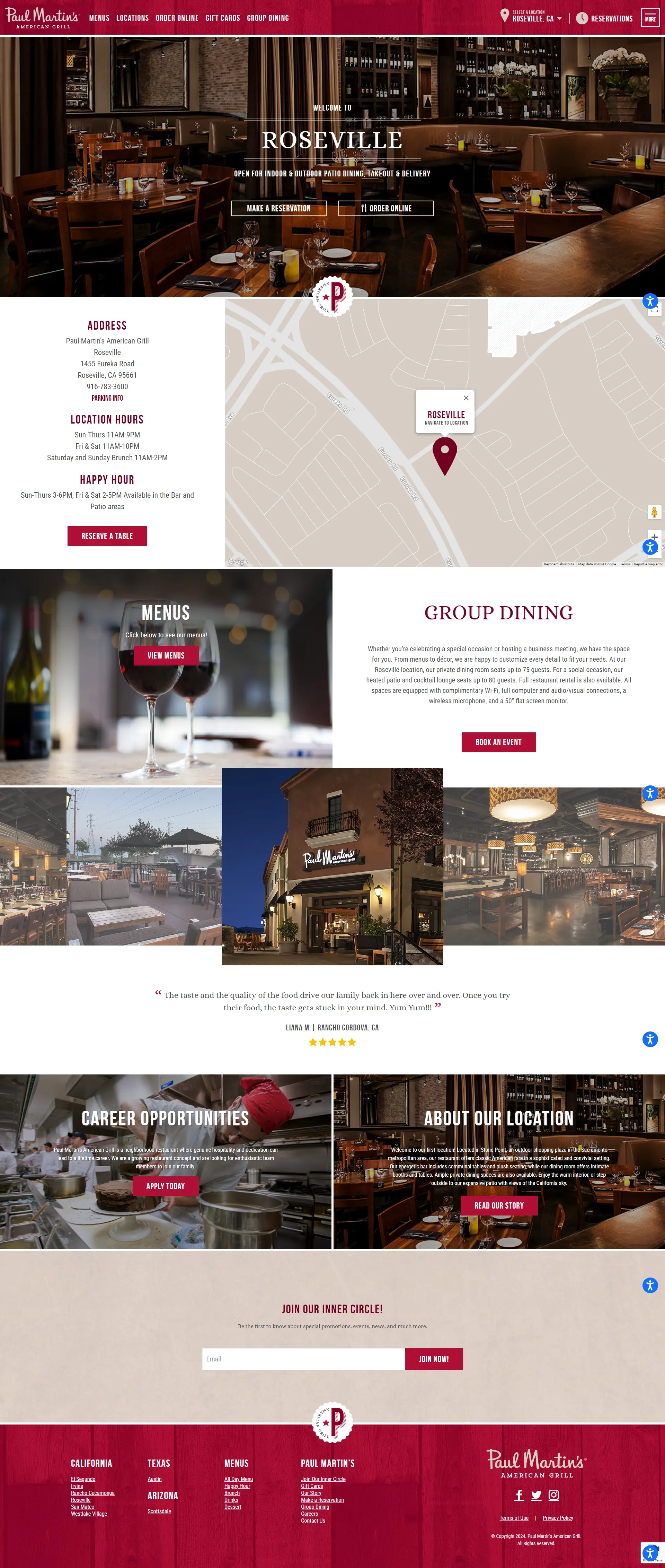Unsubscribing from email lists should be effortless, and the list-unsubscribe header facilitates this process seamlessly.
When you include list-unsubscribe headers in your emails, major email clients like Gmail, Outlook, and Apple Mail automatically add an “Unsubscribe” link or message at the top of your messages. This approach ensures visibility and accessibility, unlike burying your unsubscribe link at the bottom of your emails in barely visible text.
By enabling List-unsubscribe you empower email clients like Gmail, Apple Mail, Outlook.com, and Yahoo to provide recipients with an easy unsubscribe option at the top of your emails.
While the prospect of witnessing a surge in unsubscribes may seem daunting, there are benefits to embracing the list-unsubscribe header. Additionally, for bulk senders, defined as those sending 5,000+ emails per day to gmail.com addresses or similar volumes to Yahoo/AOL addresses, implementing a one-click list-unsubscribe is mandatory.
In this comprehensive guide, we delve into the list-unsubscribe header, its significance, and how to leverage it effectively. We’ll also address who should and shouldn’t utilize it.
What Is the List-Unsubscribe Header?
List-unsubscribe headers are email headers containing an unsubscribe mailto link and/or an unsubscribe URL, along with optional action instructions. Email clients utilize this information to integrate quick unsubscribe links into the emails you send.
Although the concept dates back to 1998, email clients have gradually adopted list-unsubscribe headers. This user-friendly feature streamlines the unsubscribe process by eliminating the need for recipients to search for an unsubscribe link within the email.
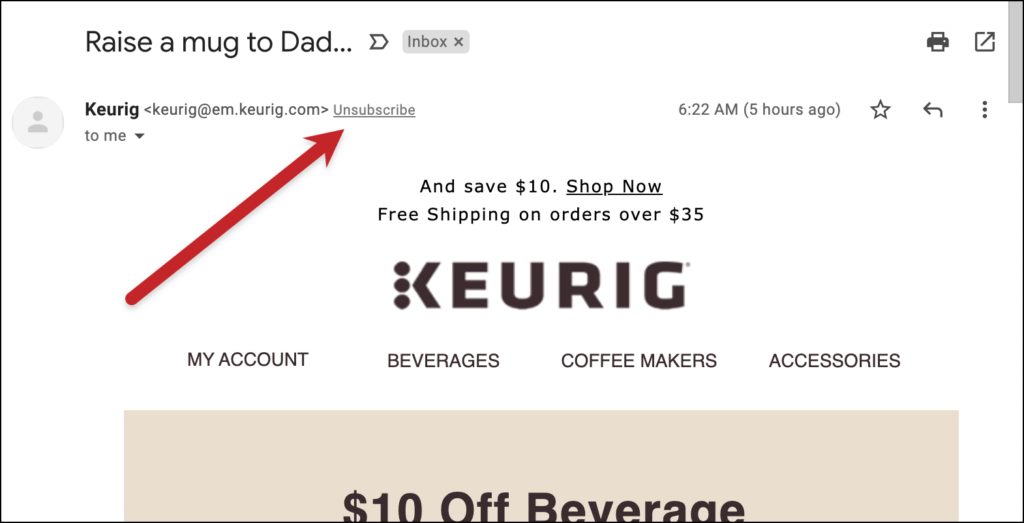
Here’s list-unsubscribe in action in the Gmail iOS app (it’s only in the options menu).
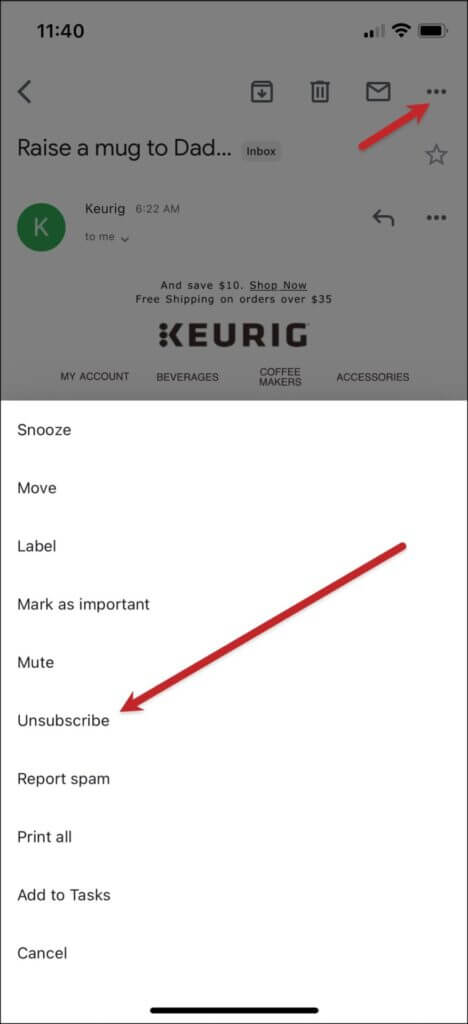
Here’s list-unsubscribe in action in the Apple Mail desktop app.
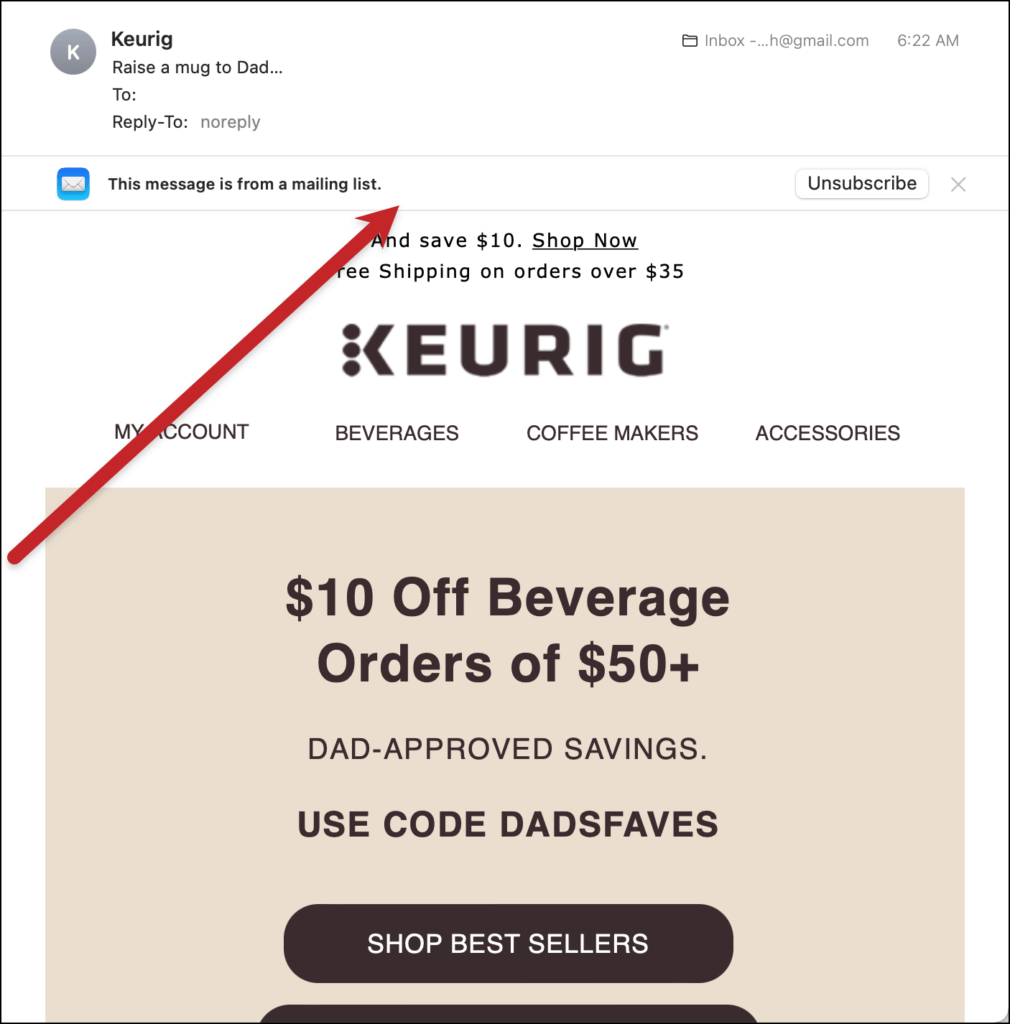
Here’s list-unsubscribe in action in the Apple Mail iOS app.
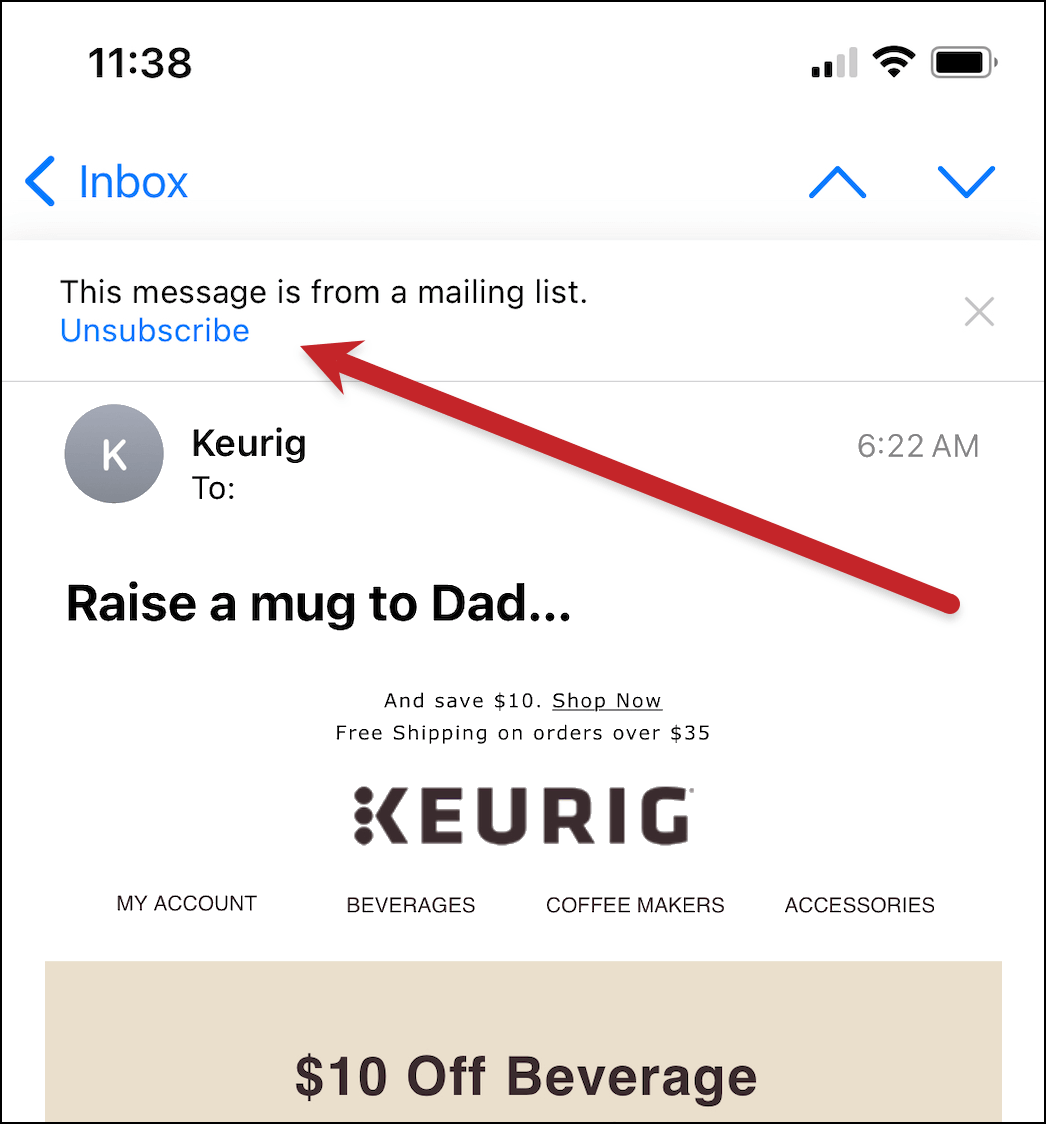
Here’s list-unsubscribe in action in the Outlook.com desktop interface.
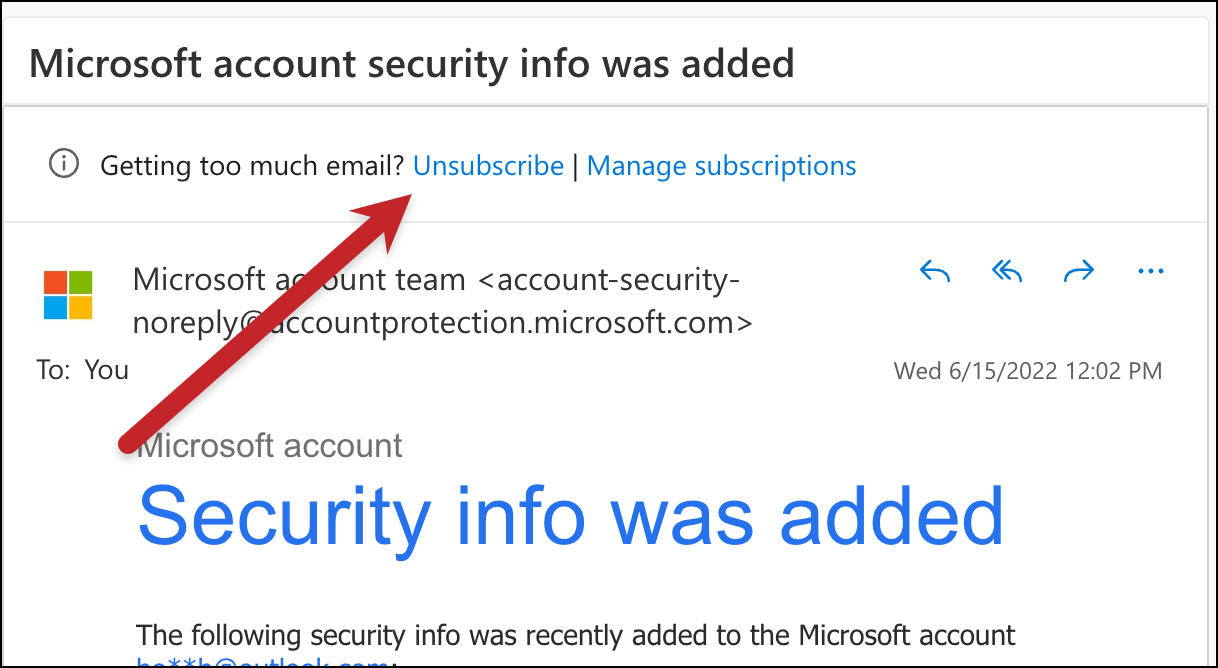
Here’s list-unsubscribe in action in the Yahoo Mail app.
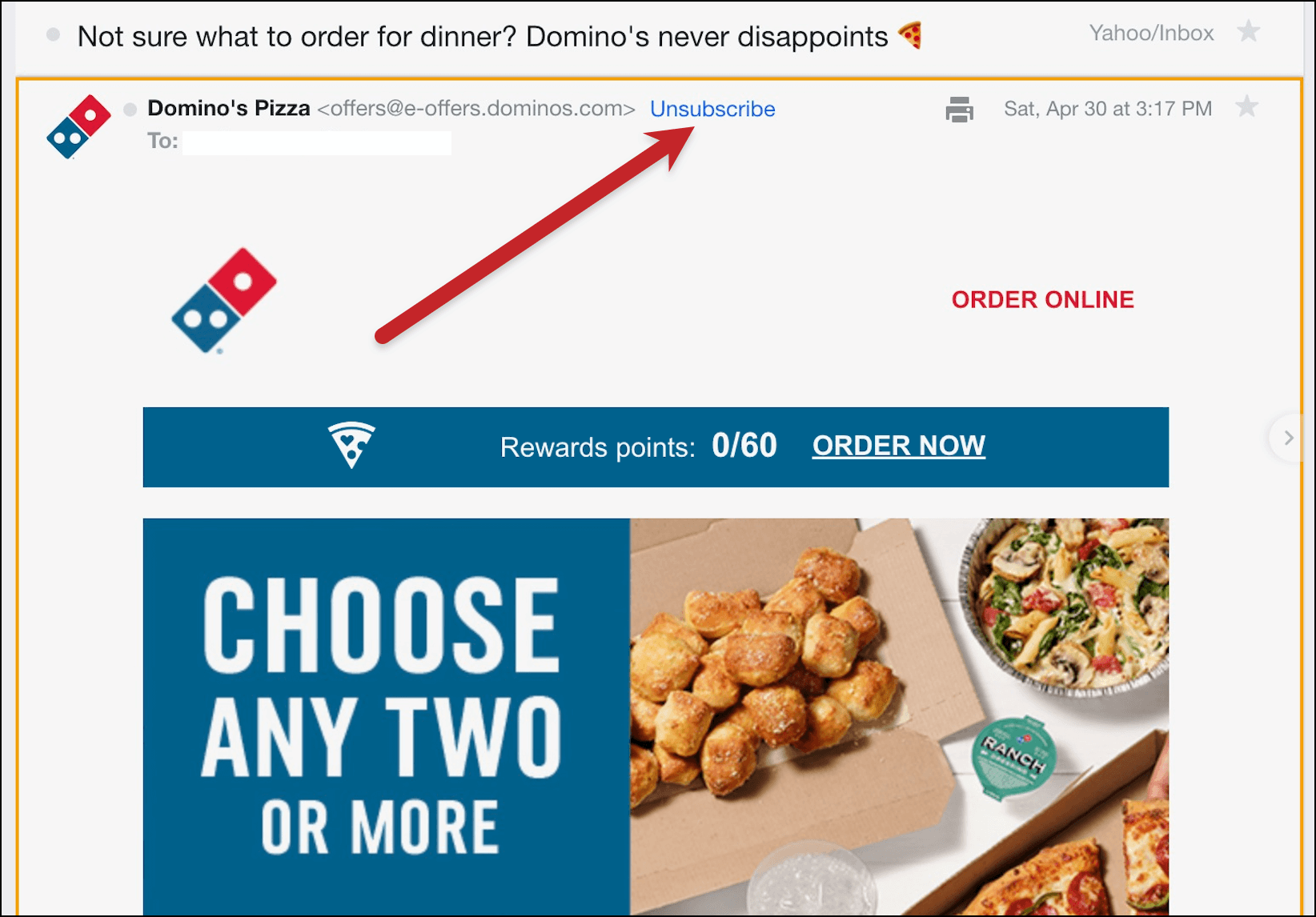
And here’s list-unsubscribe in action in the Yahoo Mail mobile app (it’s only in the menu).
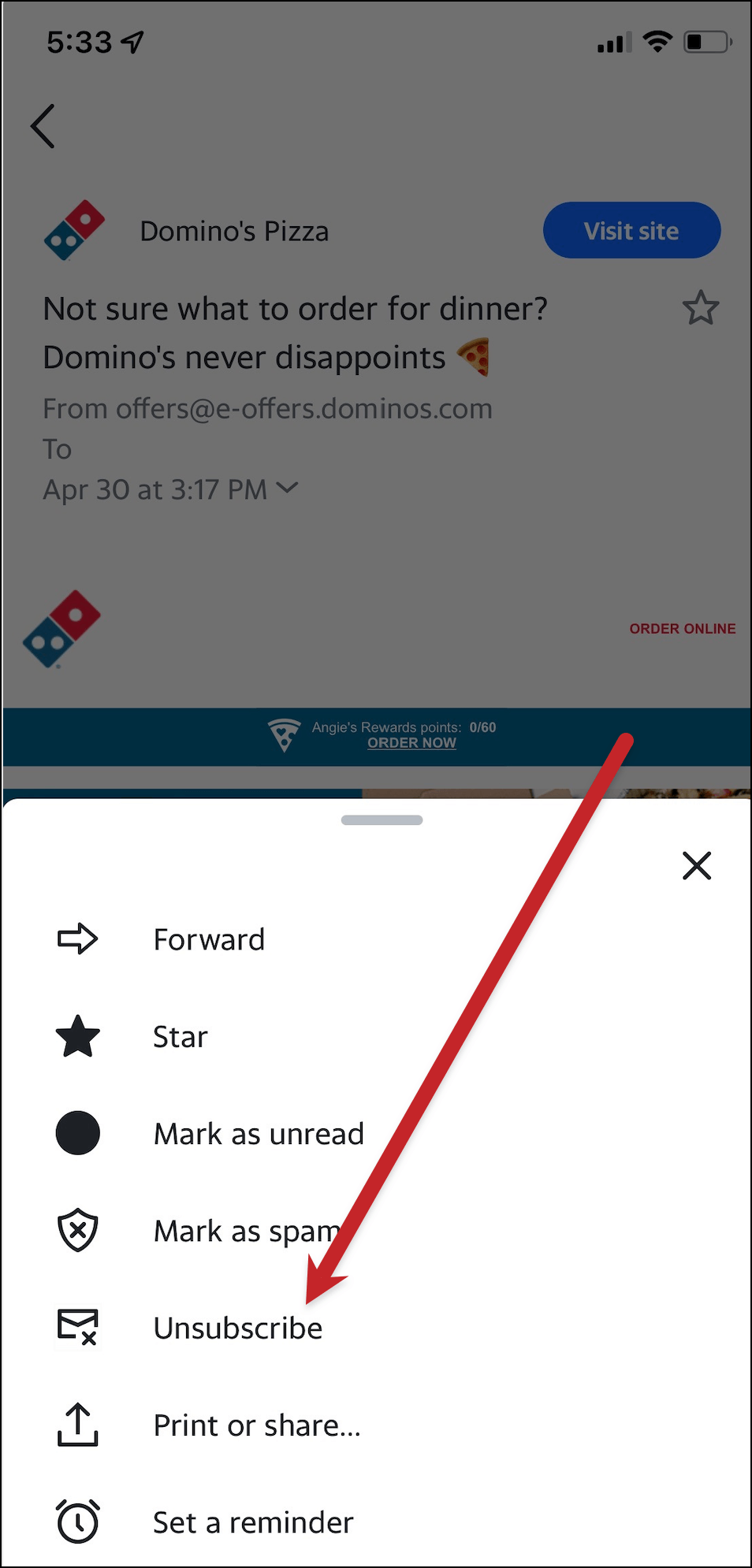
Why Implement List-Unsubscribe?
1. Enhances User Experience:
- Gmail, Outlook, Yahoo, and Apple Mail automatically provide unsubscribe options at the top of emails, simplifying the process for recipients.
2. Improves Deliverability:
- Offering a straightforward unsubscribe option reduces the likelihood of recipients marking emails as spam, thus preserving your sender reputation and deliverability.
Should You Use List-Unsubscribe in Cold Emails?
List-unsubscribe is primarily suited for promotional/marketing emails rather than cold emails, which are more personalized and targeted. Cold emails typically foster one-on-one communication and may not benefit from a conspicuous unsubscribe link at the top of the message.
Conclusion
The list-unsubscribe header is an absolute necessity to ensure your emails are delivered from April 2024, onwards.
List-Unsubscribe headers will stop your emails being rejected or going to spam and allow your recipients to streamline their unsubscribe management.
Alongside other tools such as automatic unsubscribe management list-unsubscribe headers contribute to a comprehensive email marketing campaign.




